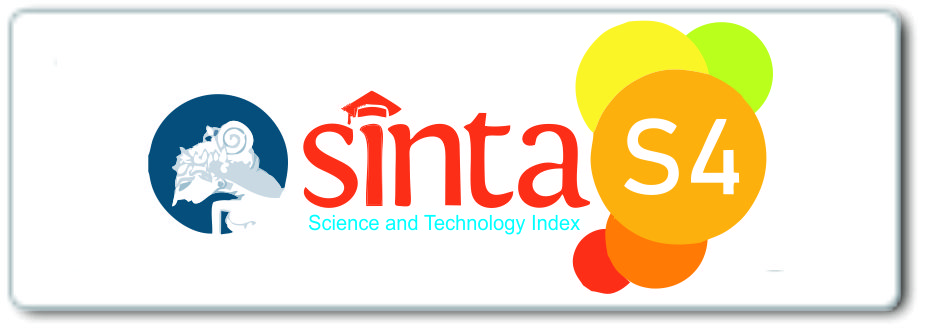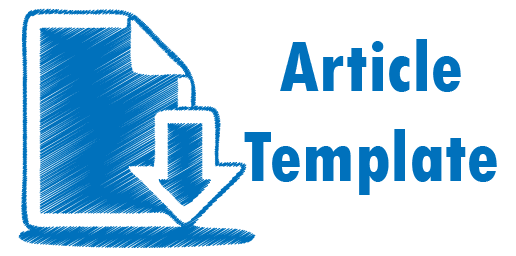Analisis Profil Keterampilan Kolaborasi Mahasiswa Menggunakan Model Team Based Project pada Mata Kuliah Kimia Umum
Abstract
Collaborative skills of students in the lecture process are still not optimal, whereas collaboration skills are the main skills that must be possessed by students in an effort to become quality individuals. This study aims to analyze the collaboration skills of students of the Biology Education undergraduate study program using the team-based project model. The research method used is descriptive quantitative. The subjects in the study were 40 first-semester Biology Education undergraduate students using the total sampling technique. The data collection method used was by distributing a collaboration skills questionnaire via googleforms. The questionnaire distributed contained 9 aspects of collaboration skills. The results of this study are the average percentage of skill indicators including, 1) positive collaboration interdependence of 87.80%; 2) face-to-face interaction of 69.37%; 3) personal responsibility of 88.75%; 4) communication skills of 90.62%; and 5) group work skills of 85.62%. So overall the collaboration skills of students who apply the team-based project model are included in the very good category.Copyright toward articles published by Entalpi Pendidikan Kimia is hold by Entalpi Pendidikan Kimia. In the other side, Entalpi Pendidikan Kimia also applied CC Attribution 4.0 which means you could 1) share — copy and redistribute the material in any medium or format; and 2) adapt — remix, transform, and build upon the material; for any purpose, even commercially. As long as you give us attribution — You must give appropriate credit, provide a link to the license, and indicate if changes were made. You may do so in any reasonable manner, but not in any way that suggests the licensor endorses you or your use. Entalpi Pendidikan Kimia also applied Open Access toward each published articles, so the published content will be available freely for public.





